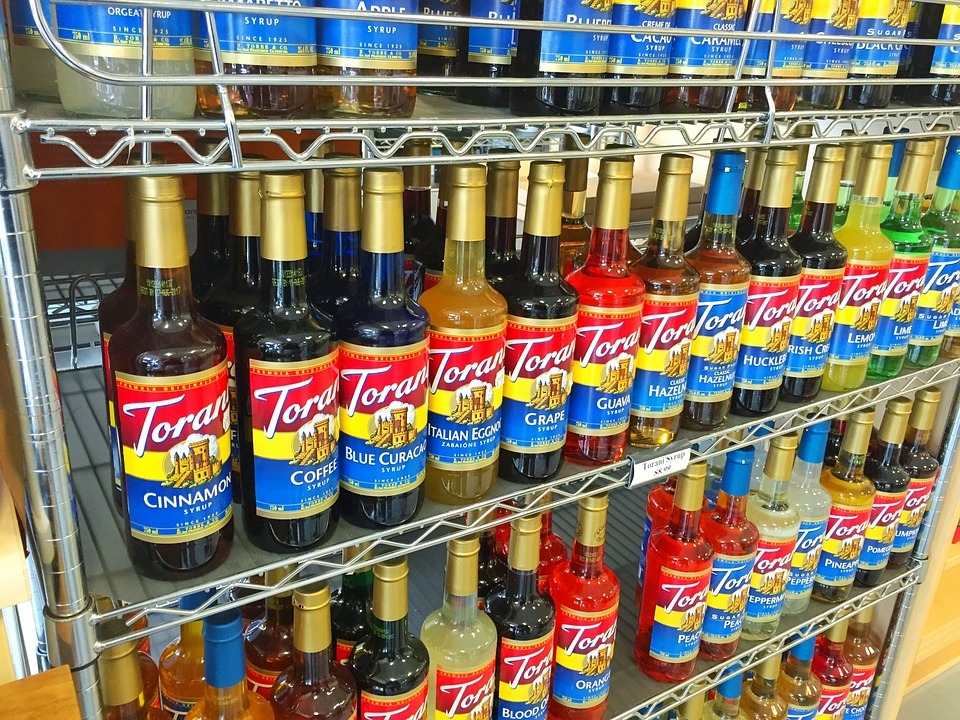Most traditional Hawaiian food came from somewhere else.
Early Polynesians brought taro, yams, coconut, bananas, sugarcane, pork, and chicken. Europeans and Americans built sugarcane and pineapple plantations, which brought immigrants and cuisine from China, Korea, Japan, Portugal, and the Philippines. There were Mormon Samoans, Mexican cowboys, and then American GIs who introduced islanders to the wonders of SPAM.
Many of the foods that we think of as Hawaiian are a product of Hawaii’s inclusionary history with food. Macadamia nuts came from Australia, pineapples supposedly washed ashore from a Spanish shipwreck, and King’s Hawaiian bread was created in Hawaii by a Japanese-American baker attempting to make a Hawaiian version of a Portuguese sweet bread.
Melting Pot Of Hawaiian Foods
The resulting cuisine is a melting pot of foods like sushi, macaroni salad, BBQ, noodle soups, Tempura, chiles, Portuguese sausage, fried chicken, tropical fruit, mochi, and seafood that when put together is all Hawaiian.
It’s gourmet and comforting, light and belly-busting, fresh and preserved–often all on the same plate. Led by chefs like Roy Choi with his “picnic-style Hawaiian soul food” at Culver City’s A-Frame, Hawaiian local food is now finding its way to the U.S. mainland.
Hawaiian Food Trends We Expect To See
- Poke bowls. Poke means “to slice or cut”. Chunks of fresh fish typically tossed with green onions, chili peppers, sea salt, soy sauce, sesame oil and topped with furikake seasoning. Sort of like a combination of the Chipotle burrito bowl and sushi.
- Loco moco and other variations on the plate lunch. Loco moco is a hamburger patty and rice topped with gravy and a fried egg and typically served with a side of macaroni salad. You can deny it, but you know you want some.
- Spam musubi is a popular island snack made with a slice of grilled SPAM attached to a block of sushi rice with a strip of nori.
- Hawaiian shave ice is not to be confused with mainland snow cones. These are light and fluffy ice shaved off a block that is then shaped and drizzled with fruit syrup.
Inside The FDR Test Kitchen
Our own Chef Richard Keys visits Hawaii often and says every time he goes he finds the best Poke Bowls, Kalua Pork, Puka Dogs, and really anything with Spam.
Here at our Denver FDR Innovation Center, we’ve also had the privilege of making our own inspired Shave Ice in collaboration with Torani, which produces flavoring syrups, sauces, and blended drink bases. In these two recipes, you’ve got the start of something delicious. But remember, a key component of Hawaiian Shave Ice is the ice–it’s shaved, not crushed.
Tiger’s Blood Shave Ice Recipe
Ingredients
1 cup ice
6 pumps Strawberry Torani
4 pumps Coconut Torani
2 pumps Watermelon Torani
Instructions
1. Blend ice and place in a bowl or cup
2. Using a syrup pump, generously flavor ice
Apple Bomb Shave Ice Recipe
Ingredients
1 cup ice
8 pumps Green Apple Torani
2 pumps Peppermint Torani
1 pump Lemon Torani
½ pump Sweet Heat Torani
Instructions
1. Blend ice and place in a bowl or cup
2. Using a syrup pump, generously flavor ice

Thanks for stopping by and reading the Food & Drink Resources blog. Here we talk about food trends, culinary innovation, and the work of our team.
